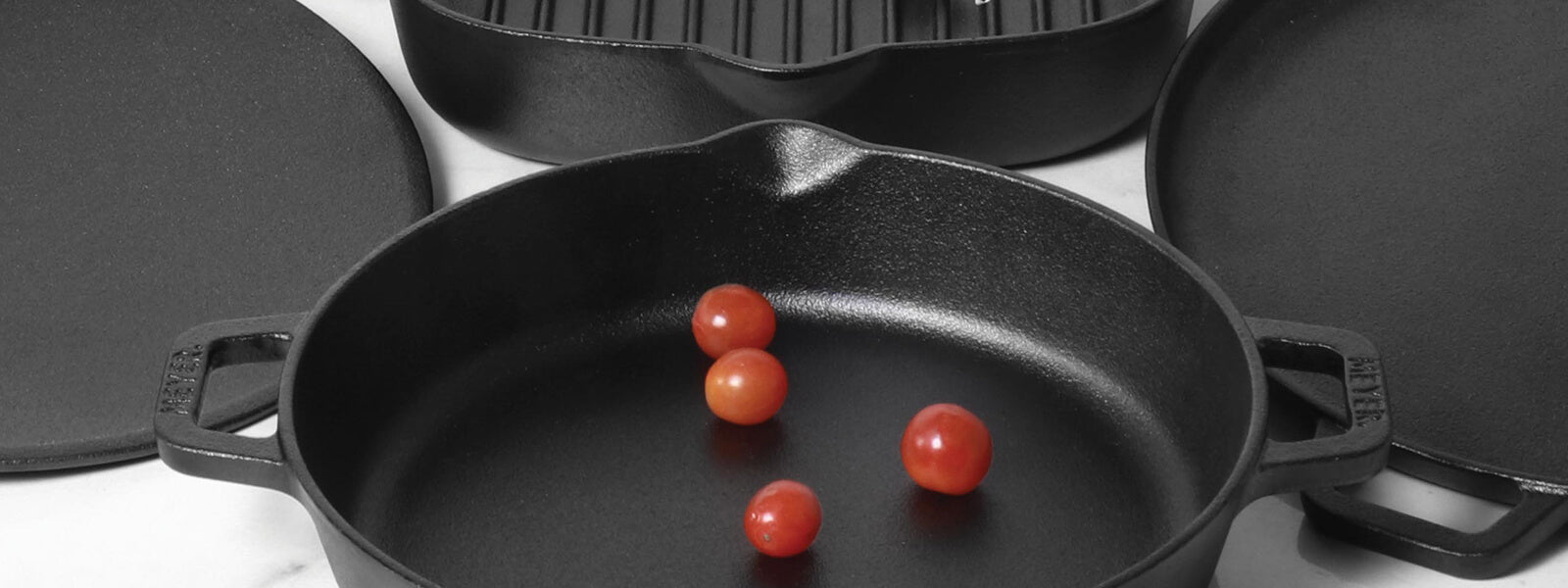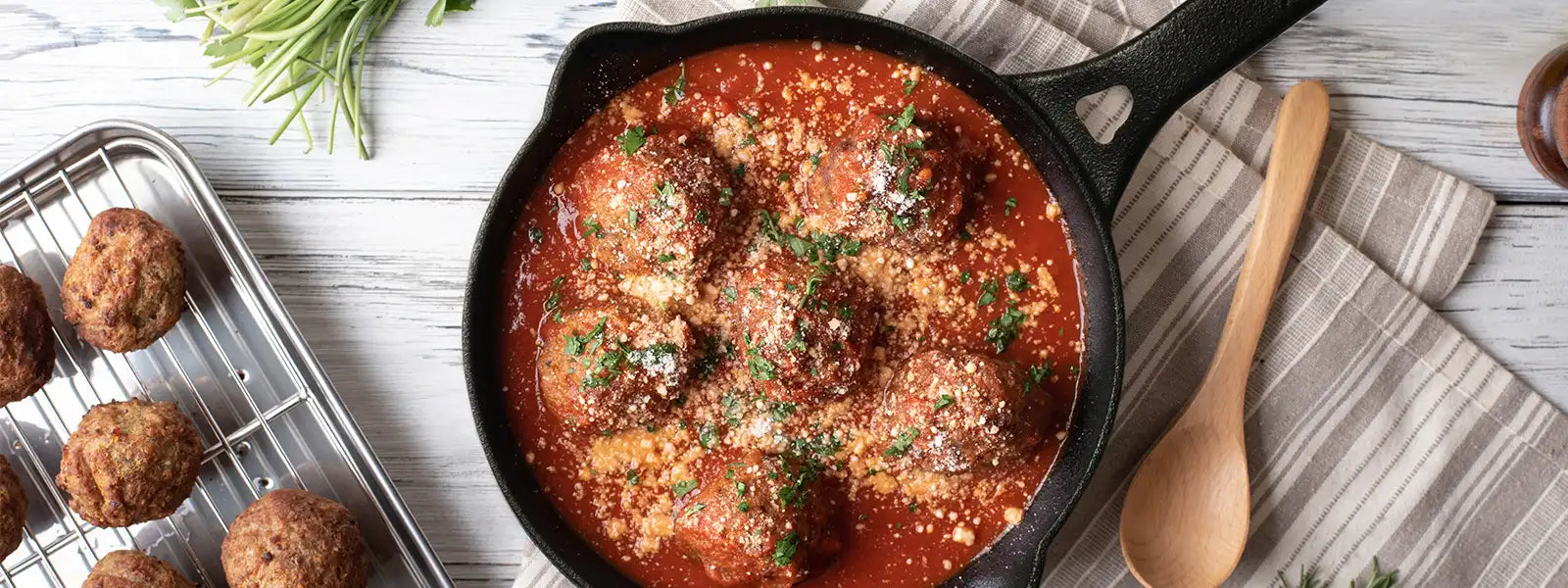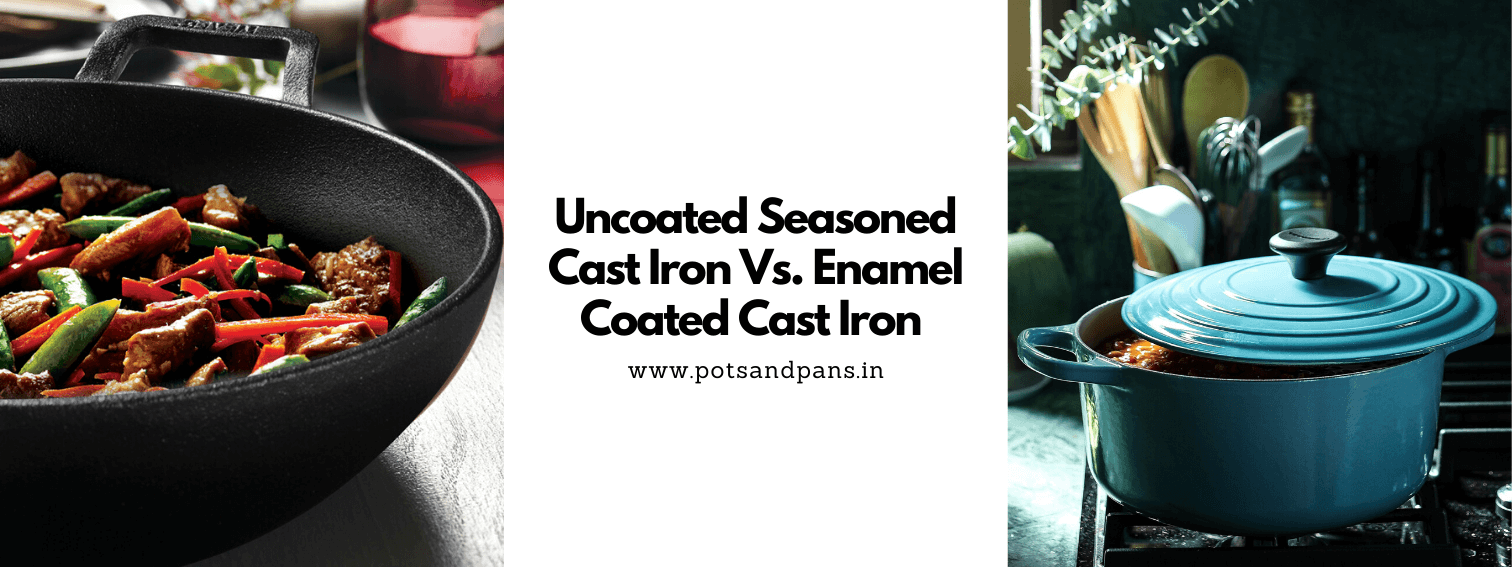Dum-style cooking is one of the most celebrated traditional techniques in Indian cuisine. From fragrant biryanis to slow-cooked qormas and melt-in-the-mouth dals, this method captures aromas, locks in moisture, and creates layers of depth that are hard to replicate with fast cooking. A good casserole or Dutch oven is one of the best tools to master this age-old technique at home.
Whether you are preparing a luxurious dum biryani for guests or a simple slow-simmered curry for a weekday dinner, here is a complete guide on how to use a casserole or Dutch oven for authentic dum-style cooking.
Table of Contents
- 1. Why a Casserole or Dutch Oven Is Perfect for Dum Cooking
- 2. How to Prepare Your Casserole or Dutch Oven for Dum Cooking
- 3. Best Techniques for Authentic Dum Cooking Using a Dutch Oven
- 4. Tips to Master Dum Cooking in a Dutch Oven
- 5. Perfect Dishes to Cook Using Dum Technique in a Dutch Oven
- 6. Why a Good-Quality Dutch Oven Makes All the Difference
- 7. Conclusion
Why a Casserole or Dutch Oven Is Perfect for Dum Cooking
A Dutch oven or casserole pot is one of the most versatile and effective vessels for dum-style preparations due to the following reasons:
1. Thick and Heavy Base
Dum cooking requires slow and even heat, and a Dutch oven’s thick base ensures that the food does not burn. The heavy-gauge construction distributes heat uniformly, creating the perfect environment for slow steaming.
2. Tight-Fitting Lid
Moisture retention is the secret behind tender meat and fluffy grains in dum cooking. A Dutch oven’s tight, heavy lid creates a near-sealed environment, allowing steam to build naturally and circulate inside the pot.
3. High Heat Tolerance
You can start your cooking on the stovetop and finish it on low heat or even inside the oven without switching equipment. This makes the process seamless and authentic.
4. Perfect for Layering
Dum-style cooking often involves layering rice, meats, vegetables, herbs, and aromatics. The tall, spacious walls of a casserole pot give you enough room to create perfect layers without crowding.
How to Prepare Your Casserole or Dutch Oven for Dum Cooking
Step 1: Preheat the Base
Start by heating the base of the pot over medium flame. This helps prevent sudden temperature shock and ensures the ingredients begin cooking evenly.
Step 2: Begin with Sautéing or Browning
Most dum dishes start with caramelizing onions, browning meat, or sautéing spices. Do this directly in the casserole to build a strong flavour base, eliminating the need to use multiple utensils.
Step 3: Prep Your Layers
For biryani, assemble your layers inside the pot:
- Meat or vegetables at the bottom
- Gravy or masala
- Par-cooked rice
- Ghee, saffron, fried onions, fresh herbs
For slow-cooked stews, simply add the ingredients and allow them to simmer until tender.
Step 4: Create a Seal
To mimic the traditional handi-style seal:
-
You can press soft wheat dough around the rim of the lid
-
Or simply rely on the heavy, tight-fitting lid of your Dutch oven
Both methods trap steam effectively, but a Dutch oven naturally recreates the dum environment without extra steps.
Step 5: Switch to Low Heat
Dum cooking happens on "dim" heat. After building steam inside the pot, reduce the flame to the lowest setting. This prevents burning and allows the flavours to deepen gradually.
Meyer Cast Iron Dutch Oven with Glass Lid, 24cm
Best Techniques for Authentic Dum Cooking Using a Dutch Oven
1. The Double Pot (Tawa) Method
To avoid direct heat at the bottom, place the Dutch oven on a tawa for the dum stage. This protects your biryani or korma from burning and distributes heat more evenly.
2. Oven Dum
If your Dutch oven is oven-safe, transfer it to a preheated oven at low temperature (around 160–170°C). This method gives even and controlled heat and is often preferred for large batches.
3. Steam Lock Technique
Once steam builds up inside, do not open the lid until cooking time is complete. This ensures the dish cooks in its own moisture without losing aroma.
Tips to Master Dum Cooking in a Dutch Oven
- Use high-quality rice and soak it well for the best texture in biryani.
- Never overfill the pot; leave space for steam circulation.
- Do not stir once the dum process begins.
- Use low heat consistently; dum cooking is slow cooking.
- Allow the dish to rest for 10–15 minutes before opening the lid; this helps flavours settle.
Perfect Dishes to Cook Using Dum Technique in a Dutch Oven
A Dutch oven or casserole pot allows you to recreate a range of traditional dum dishes at home:
- Hyderabadi Dum Biryani
- Lucknowi Awadhi Biryani
- Dum Aloo
- Mutton Raan
- Keema Pulao
- Nihari
- Chicken Yakhni Pulao
- Slow-cooked Dal Makhani
- Shahi Qorma
- Vegetable Tehri
Each of these dishes relies on slow cooking and steam retention, making the Dutch oven the ideal tool.
Why a Good-Quality Dutch Oven Makes All the Difference
Investing in a premium, heavy-bottomed casserole does more than simplify cooking. It enhances flavour, preserves nutrition, and ensures consistent results every time. High-quality cookware will have superior heat retention, ergonomic handles, and excellent durability, making it a long-term companion for your kitchen.
Conclusion
Mastering dum-style cooking becomes significantly easier and more reliable when you pair traditional techniques with intelligently engineered modern cookware. The slow, steam-based method that defines dum cooking demands consistent heat, dependable moisture retention, and a vessel sturdy enough to handle long hours of simmering without scorching the base. This is exactly where the Circulon Clad Stainless Steel Casserole with Hybrid SteelShield Technology and the Meyer Accent Series Stainless Steel Stockpot (6.5L, Matte Black) truly shine.
By choosing high-performing cookware that supports the demands of dum-style preparations, you not only preserve authenticity but also elevate the entire cooking process. Whether you're preparing a royal biryani for a celebration or crafting a slow-cooked stew for your family, the right vessel ensures that every ingredient reaches its fullest potential.













Leave a comment